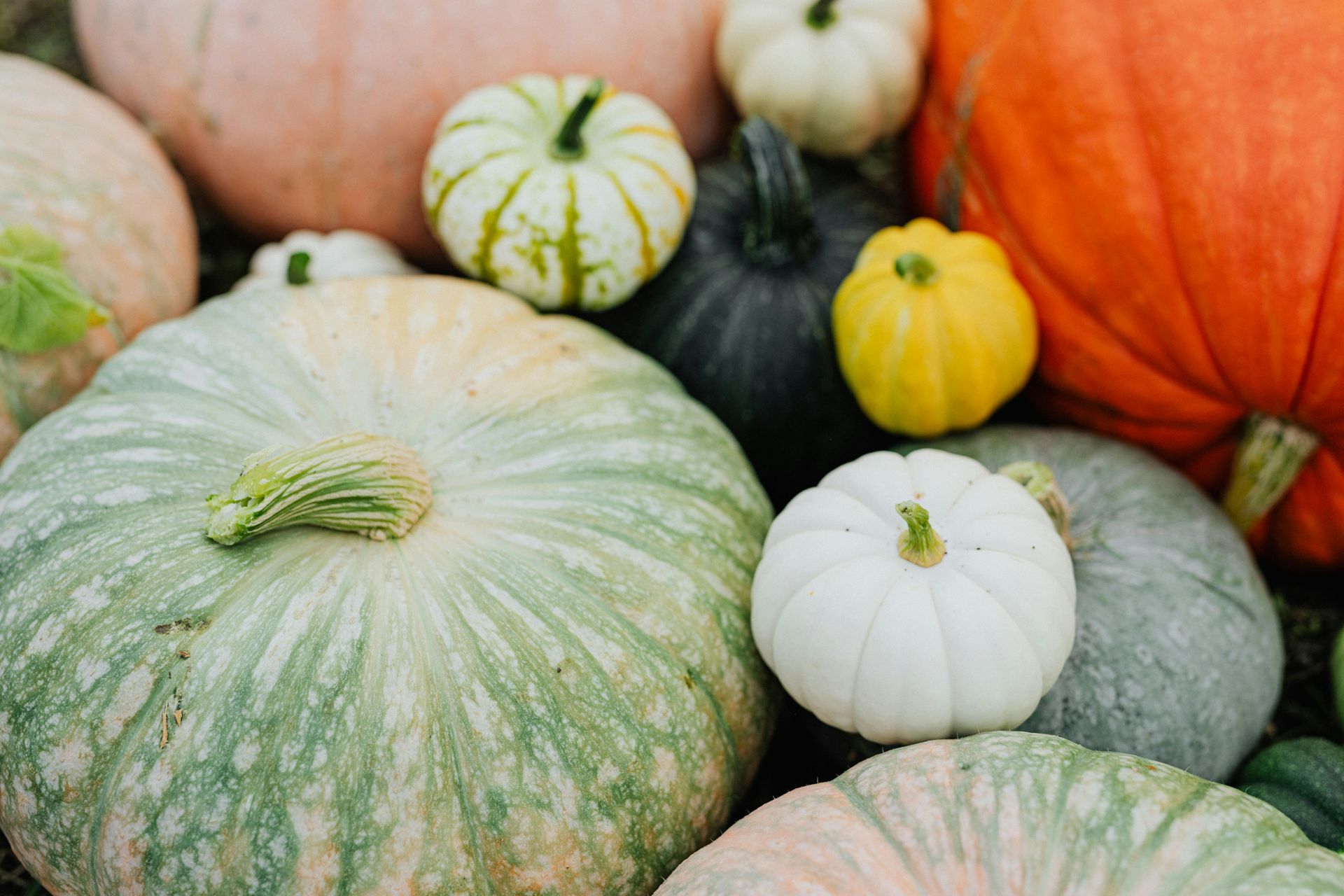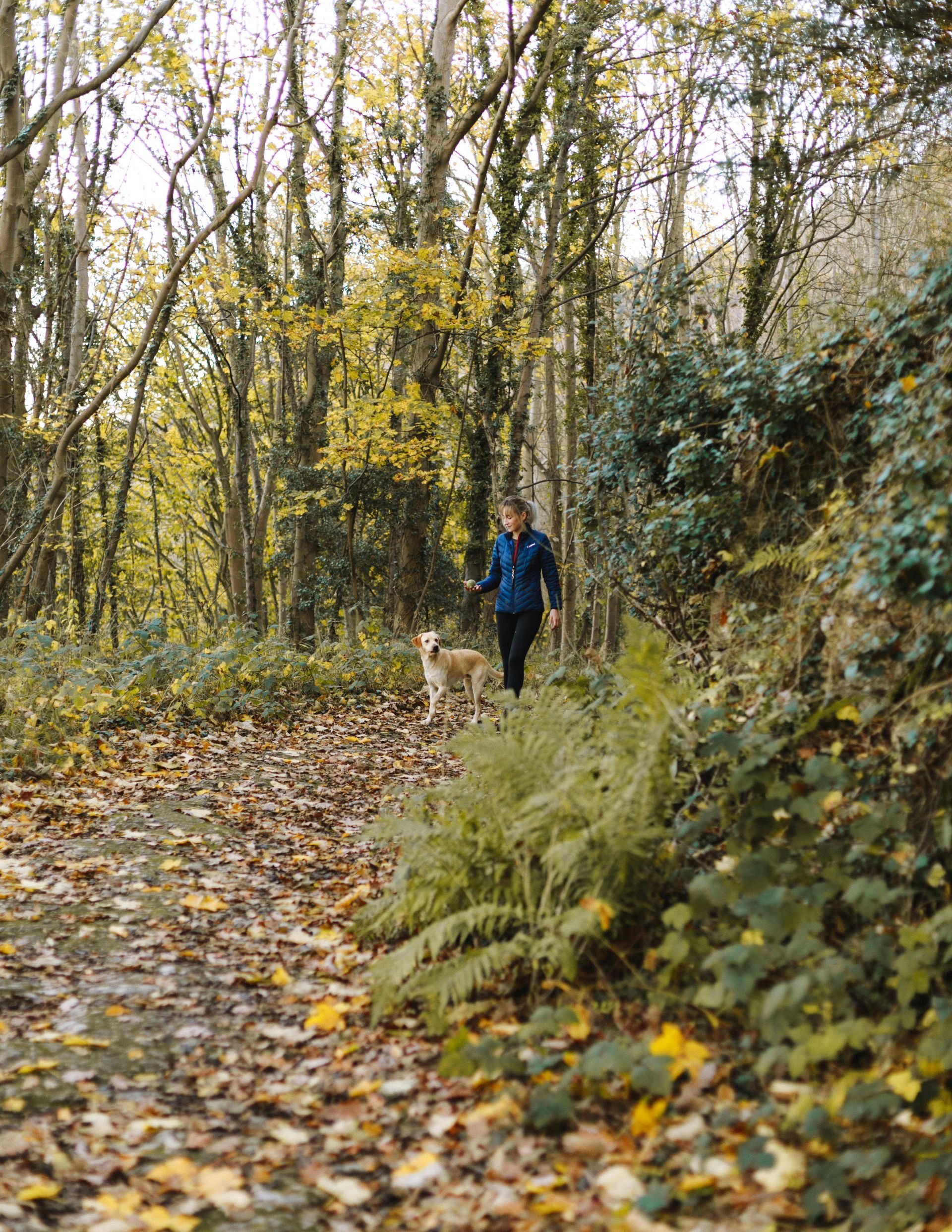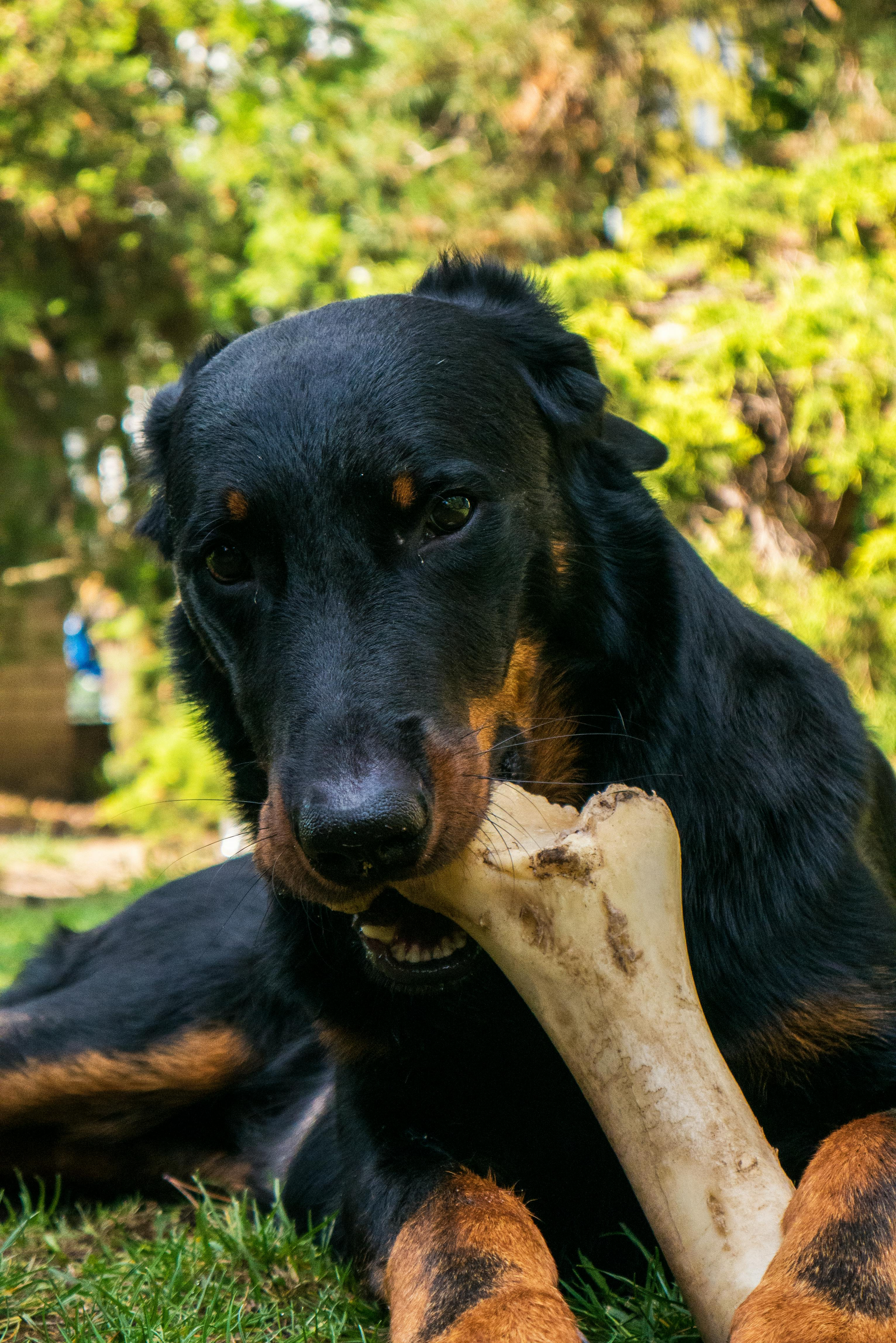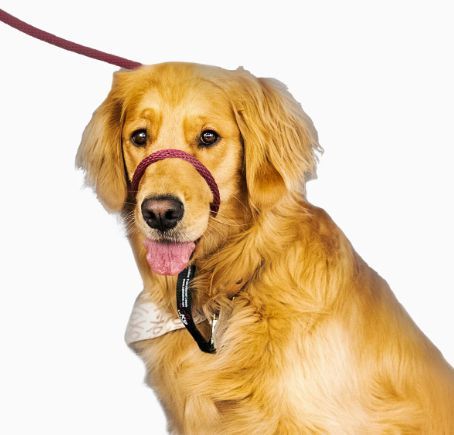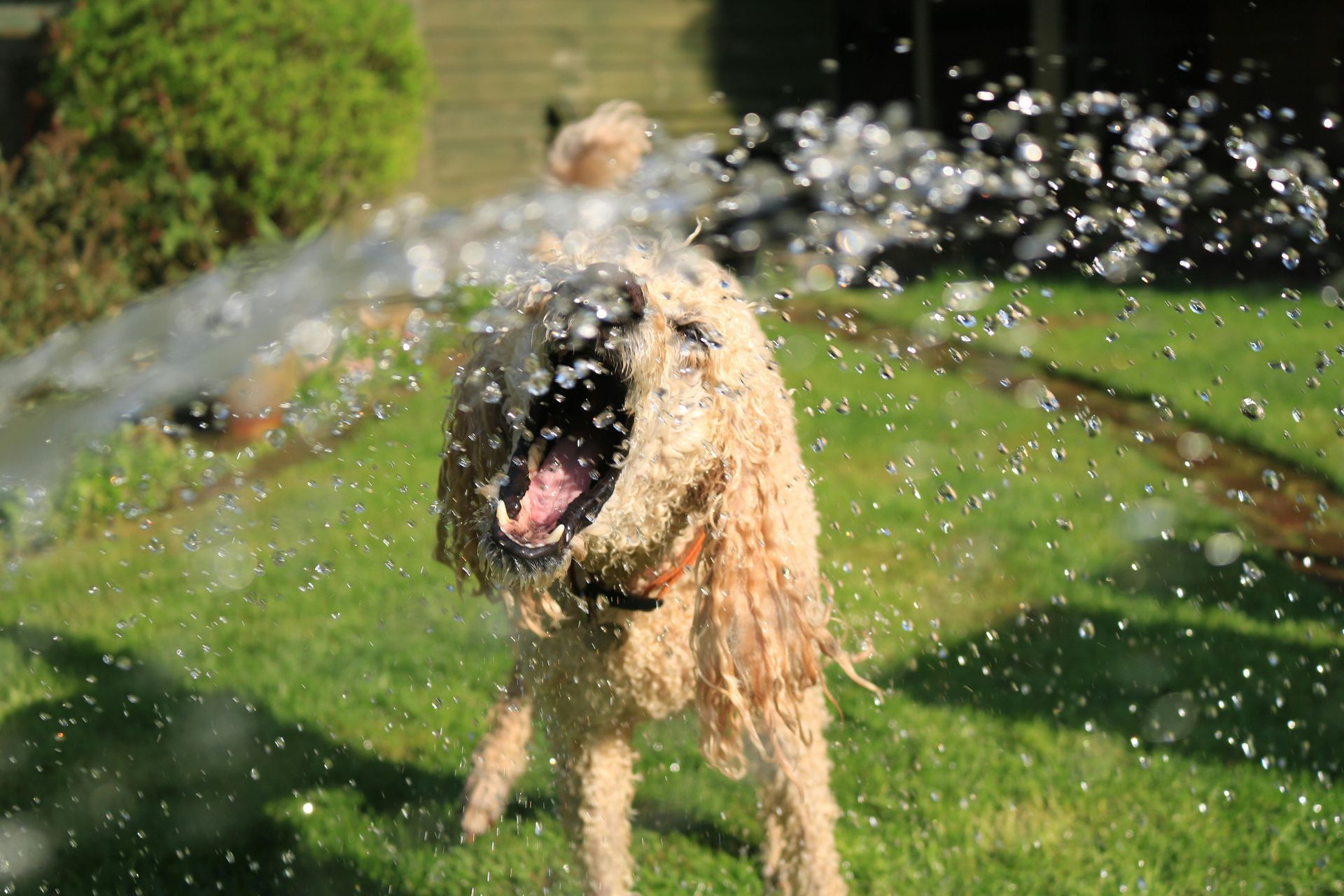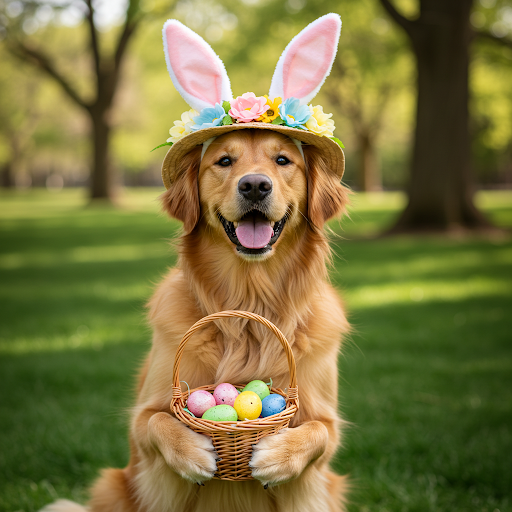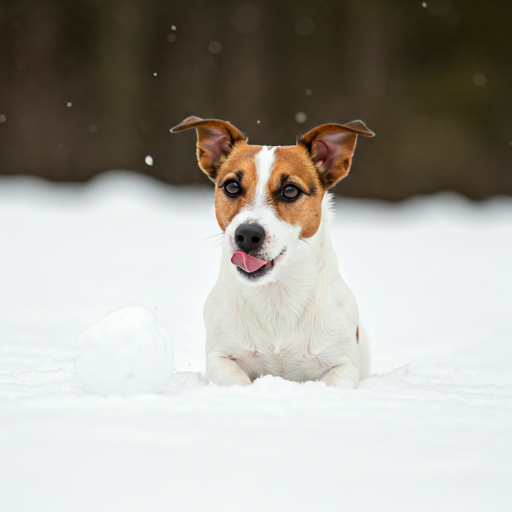The “Liquid Gold” You Should Be Adding to Your Pet’s Bowl
Benefits of Bone Broth for Cats & Dogs
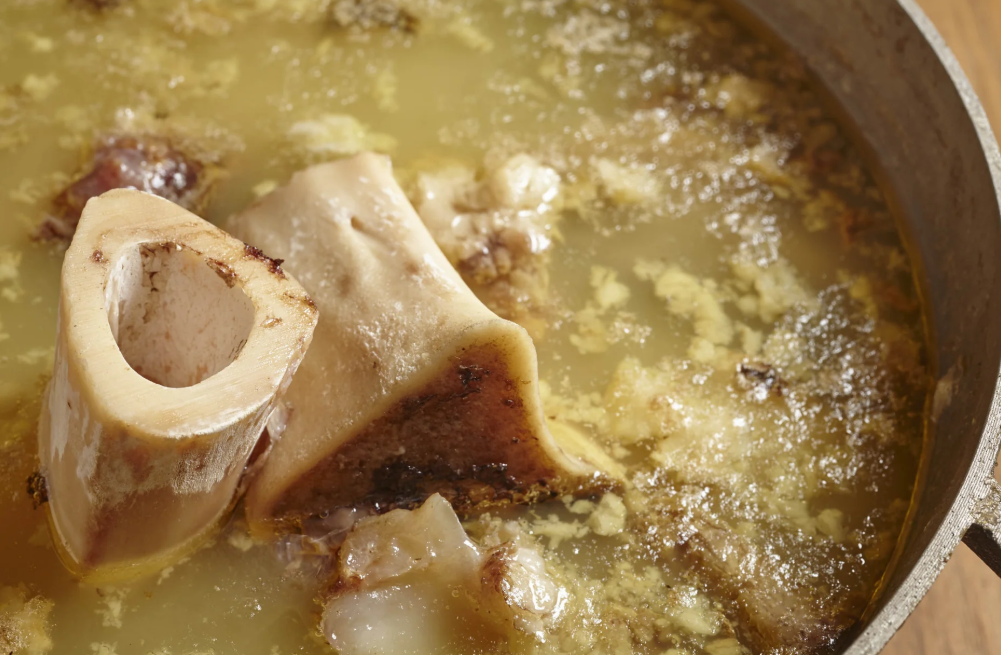
Whether you have a playful puppy, a senior cat, or an active dog enjoying our 3+ acres of yards here at Happy Tails Lodge, one of the best ways to boost their health is surprisingly simple: bone broth.
Often called "liquid gold," this nutrient-dense supplement has been celebrated by humans for its health benefits for years, and now, informed pet parents are catching on. It’s a wonderful, natural addition that can support almost every part of your cat or dog's body.
Here’s a breakdown of the key benefits and why we encourage pet owners in Great Falls to consider adding bone broth to their furry friend’s diet.
1. Superior Joint & Connective Tissue Support
This is arguably the most well-known benefit. Bone broth is rich in powerful compounds extracted from the cooked bones and connective tissues, primarily:
- Collagen: As the broth cools, you'll see a jelly-like texture—that's the collagen! It’s essential for strong tendons, ligaments, and cartilage.
- Glucosamine and Chondroitin: These are natural compounds that help support healthy, comfortable movement. They are particularly beneficial for senior pets or active dogs who are hard on their joints (like those sprinting in our play yards!).
2. A Healthy Gut is a Happy Pet
Bone broth is incredible for digestive health, which is foundational to overall wellness and a strong immune system.
- Gelatin: The cooked-down collagen becomes gelatin, which helps "seal" and soothe the lining of your pet's digestive tract. This is especially helpful for pets with sensitive stomachs, mild food allergies, or occasional loose stools.
- Aids in Digestion: It's very easy to digest, making it a gentle way to introduce hydration and nutrients, especially for pets recovering from an illness or those with a poor appetite.
3. Boosted Hydration (Especially for Cats!)
Many cats, and even some dogs, don't drink enough water. Bone broth is a delicious and enticing way to increase their fluid intake. Hydration is key for kidney function (particularly important for cats) and overall vitality.
- A Palatable Addition: For picky eaters, pouring a little warm bone broth over their dry kibble can act as a delicious gravy, encouraging them to finish their meal and boosting their moisture intake at the same time.
4. Natural Detoxification Support
Bone broth contains beneficial amino acids like glycine. Glycine plays a role in liver function and helps the liver work more efficiently to process and eliminate toxins from your pet’s system. Think of it as a gentle, daily internal cleanser!
5. Essential Minerals and Vitamins
The slow cooking process pulls vital minerals directly from the bones, including calcium, magnesium, phosphorus, and potassium. These minerals are crucial for everything from a strong immune system to healthy nerves and muscle function.
How to Use Bone Broth at Home
It’s easy to incorporate into your pet’s routine:
- As a Meal Topper: Simply pour a few tablespoons over their regular food (kibble, raw, or wet food).
- Frozen Treat: Freeze it in ice cube trays for a hydrating, cooling treat on a hot Montana day!
- To Soften Kibble: Use it to soak and soften dry food for puppies or senior pets with dental issues.
A Quick Safety Note: Always use plain, pet-safe bone broth made specifically from bones and water. Never feed your pet human broths or stocks, as they almost always contain ingredients toxic to pets, such as onions, garlic, and excessive salt.
Looking for a high-quality bone broth? Stop by the Happy Tails Lodge Retail area during your next drop-off for Boarding, Daycare, or Grooming! We stock several excellent, pet-safe options perfect for your dog or cat. We are always here to help you keep your pet happy and healthy!
